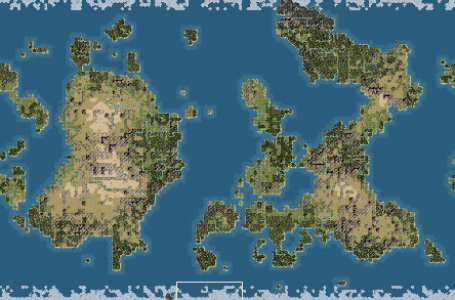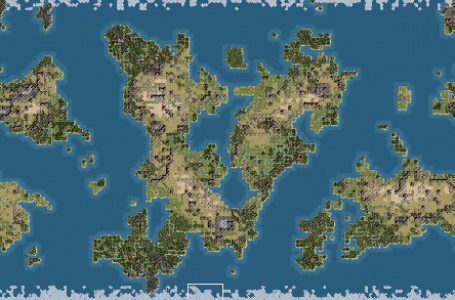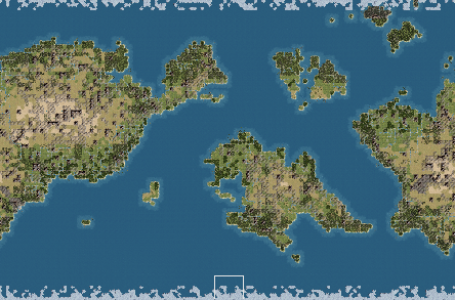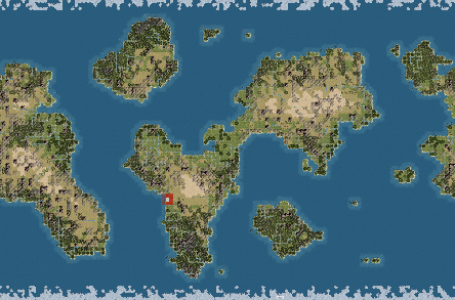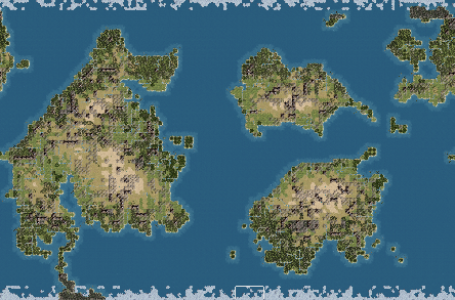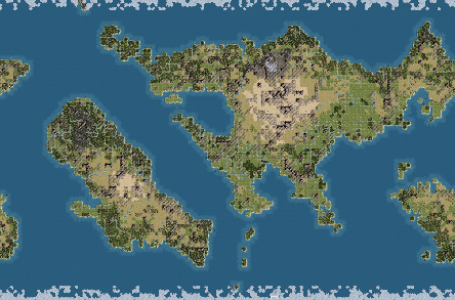Walter Hawkwood
RI Curator
The additional brokenness comes from the auto-replace I was doing, as I didn't really care about the destruction it wrought on non-English and non-German entries. The easiest way to fix those would probably be to just erase those entries, and I might well do that, if at least to make the respective files more compact.I completely understand this. I only wanted to point out that the strings for the other languages manage to be worse than just falling back to the english string.
If you have say a pike, an archer, a horseman and an axeman on a tile, and they all get called "western" or "polish", it's extremely confusing as you have no clue what units are actually in the stack.
No, that's exactly what it is - extremely unpleasant direct editing of the XML. Now you see why I am not particularly enthusiastic about it.Is there any process for translation? Editing the XML directly is exceedingly unpleasant, doubly so if there is a need to worry about special characters encoding.

Doesn't Trading Post also grant non-insignificant economic bonuses? Basically, the intended design here was to reward civs that get ahold of some scarce resources.The same could be said of other resource-tied buildings, except for the Tailor, because +10% gold in every city is quite significant. Things were different when the buildings each had their tiny +2% gold bonus.
Yeah, seems reasonable. However, I must add IRL sources of fur would run out, and by the discovery of the New World, a lot of traditional European sources, for instance, were totally depleted. I am not sure I want the depletion mechanics in RI, so I wouldn't increase the amount too much.I still think fur ought to be more frequent. The 0.5 per player and the two 25 RandApp don't create much (I've read up on the RandApp system - a number is generated between 0 and the max value defined there, but how is the numerical value interpreted in terms of how many resources are placed on the map?)
The truth is actually even more complicated than that; the resources have different levels of importance and get placed in successive passes (for instance, the map script will first ensure there are enough vital strategic resources before even considering placing others). The end result for a particular resource, therefore, is dependent not only on what is set for it, but also on the settings for all other resources.I will also point out a further issue (I just discovered one hour ago about the "CIV4BonusInfos.xml" system): a lot of resources are distributed "per player" rather than per tiles. Which makes sense to some degree, but once you get outside of the narrow "default" parameters it's quite fragile. Personally, I find it interesting to have empty space that gets filled by Barbarian cities that settle in new civilizations. It happens quite naturally on a large-sized map, but the new settling civilizations, or the breakaway civilization from separatism, appearing after the map had been generated, don't trigger the spawning of the per-player resources. This feeds the excessive resource-scarcity for some key resources I have been concerned about. I was really lucky in my Germany game to have two limestones available to make paved roads and get the construction bonus for some buildings, some civs didn't even have one (before I went into the world editor and added a bunch of them).
On the limestone specifically - yes, you got lucky. A civ is not guaranteed, nor even in most cases supposed to have two limestones. In any given game only a minority of civs will, and that is by design. Some meaningful scarcity is a part of the balance; you've probably noticed that a civ without, say, copper, is also nowhere near as defenseless in RI as it is in vanilla.

